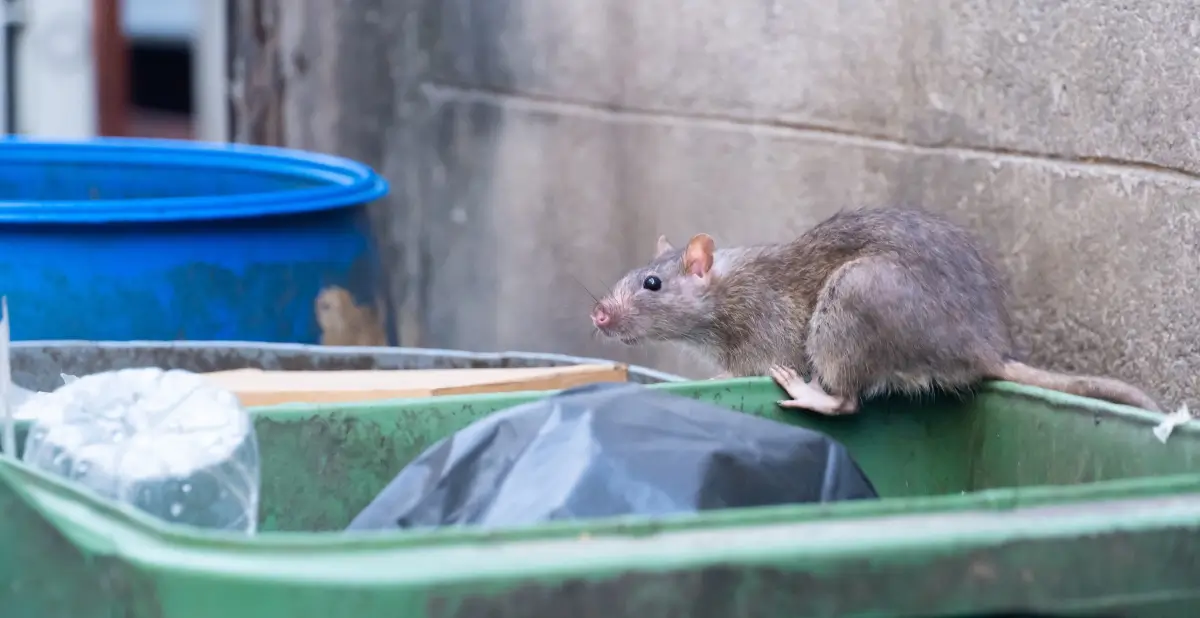
With countless rodents found throughout the U.S., proactive pest control is crucial to keep your business secure. No matter which industry you’re in, preventing infestations before they begin is the most effective way to comply with safety regulations and maintain your reputation.
Recognizing the types of rodents you may come across, the damage they can inflict, and the best prevention methods is esse
The Potential Culprits
Norway rats, Roof rats, and House mice thrive by consuming resources from humans and animals without providing any benefits in return. Their presence can lead to inventory loss, damage to your business’s reputation, and even potential shutdowns.
These small creatures are opportunistic feeders, meaning they are constantly searching for their next food source. Whether you operate in food supply, food service, retail, hospitality, or property management, you must stay alert to catch the signs. Incorporate regular rodent inspections into your daily operations to help prevent infestations.
House Mice
Mice are always on the hunt for food and a safe, warm place to nest. Their fur ranges from light brown to dark gray, and they typically measure between 2 to 5 inches long. Since they can squeeze through gaps as small as a pencil, be sure to seal even the smallest openings to successfully keep them out.
As nocturnal animals, mice are usually active at night, so you and your staff might not be able to notice them during the day. However, signs of their presence include chewed baseboards, torn food packaging or cardboard boxes, and droppings left behind. Mouse droppings are about a quarter inch long, pointed at both ends, and often found in clusters.
While mice can eat almost anything, they favor carbohydrate-rich foods like grains, oats, rice, fruits, and seeds. They prefer to nest close to their food source, which is why they often settle inside walls near kitchens, pantries, and storage areas.
How to deter Mice:
- Seal any gaps and cracks to block entry points, and use steel wool to reinforce any openings.
- Create a clear perimeter around your building by removing vegetation and trimming trees and shrubs to prevent contact with the structure.
- Consistently clean and sanitize kitchens and food prep areas to eliminate attractants.
- Store food in airtight containers and keep them elevated off the floor.
If you’ve seen signs of a mouse infestation within your building, act now before it’s too late. Contact us today for an expert consultation.
Norway Rats
Norway rats, also known as brown rats, street rats, or sewer rats, are omnivores that will eat nearly anything they find. With an acute sense of smell, they rely on scent to track down food sources. These rodents can grow up to 11 inches in length, have brown or gray fur, and can squeeze through openings as small as ¾ of an inch. Their rapid reproduction rate allows a single female to produce up to five litters per year, making infestations escalate quickly.
Norway rats are natural burrowers that prefer to live underground, which is why basements and crawl spaces often become their nesting sites if they infiltrate your business.
These rodents present significant health hazards, as they are known to carry pathogens that can contaminate food and inventory with diseases. Be on the lookout for signs of their presence, including gnaw marks, greasy trails along frequently traveled paths, and the sound of scurrying. Their droppings are larger, pellet-shaped, and less numerous compared to those of mice.
How to deter Norway rats:
- Repair any leaks and dripping faucets to eliminate moisture sources.
- Regularly clean trash bins and ensure dumpsters are securely closed.
- Trim back vegetation around the building to reduce potential hiding places for rats.
- Keep food properly stored and never leave it out overnight.
Roof Rats
Roof rats are usually found outdoors, but their search for food and shelter could drive them into your business, particularly in attics, rooftops, and chimneys. They can easily travel along tree branches and power lines to access roofs, thanks to their climbing skills, or squeeze through gaps as small as a quarter.
Their fur ranges from light to dark brown, and they are slightly smaller than Norway rats, reaching up to 8 inches in length. Although they favor seeds and plant-based foods, roof rats are also opportunistic feeders that will eat almost anything they find. Their sharp teeth allow them to chew through plastic, soft metals, and other barriers to get to food. They are also known for storing and hoarding food for future use.
Signs of an infestation include gnaw marks, electrical issues caused by chewing on wires inside walls and ceilings, greasy smudge marks along frequently traveled paths, and droppings about ½ inch long with pointed ends.
How to deter Roof rats:
- Cut back tree branches to stop rats from accessing the roof and finding entry points.
- Inspect the roof for any openings or cracks and seal them effectively.
- Keep food preparation areas clean and store food in airtight containers.
- Dispose of trash and waste frequently, making sure dumpsters stay tightly secured.
When to Reach Out for Pest Services
A rodent infestation can quickly get out of hand without expert intervention. Partnering with a pest control professional like Schendel Pest Services is a smart way to safeguard your business. A skilled technician will assess your property, determine the type of rodent present, and implement targeted solutions for both elimination and long-term prevention.
While there are several signs of rodent activity, the most obvious is spotting a live or dead rodent. If you see a mouse or rat near your business, don’t wait—contact a pest control specialist immediately.
If you’ve noticed any warning signs, get in touch today to schedule a service.
3 Rodents that Could Harm Your Company in Kansas, Missouri and Arizona
Serving Kansas, Missouri and Arizona









